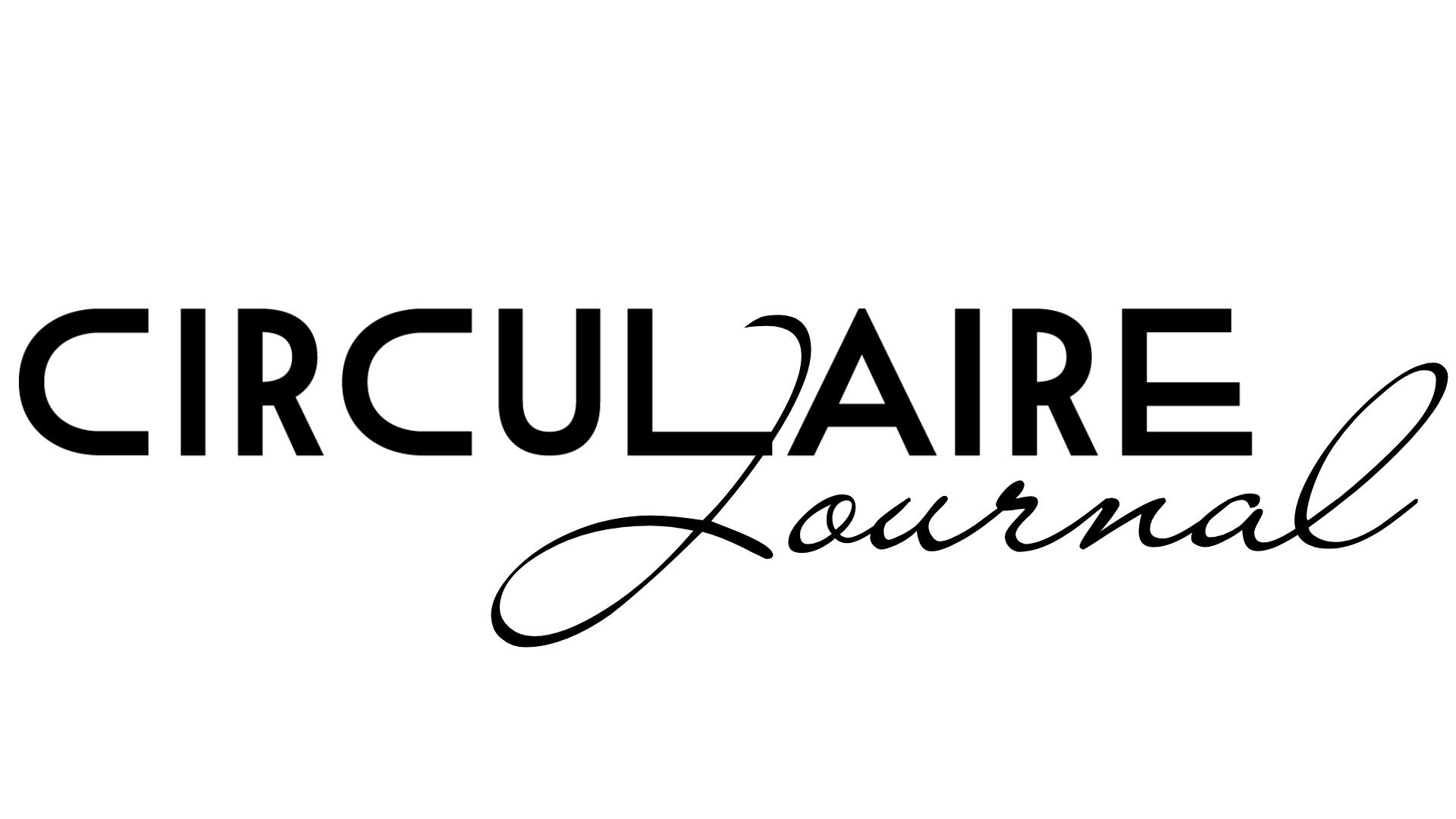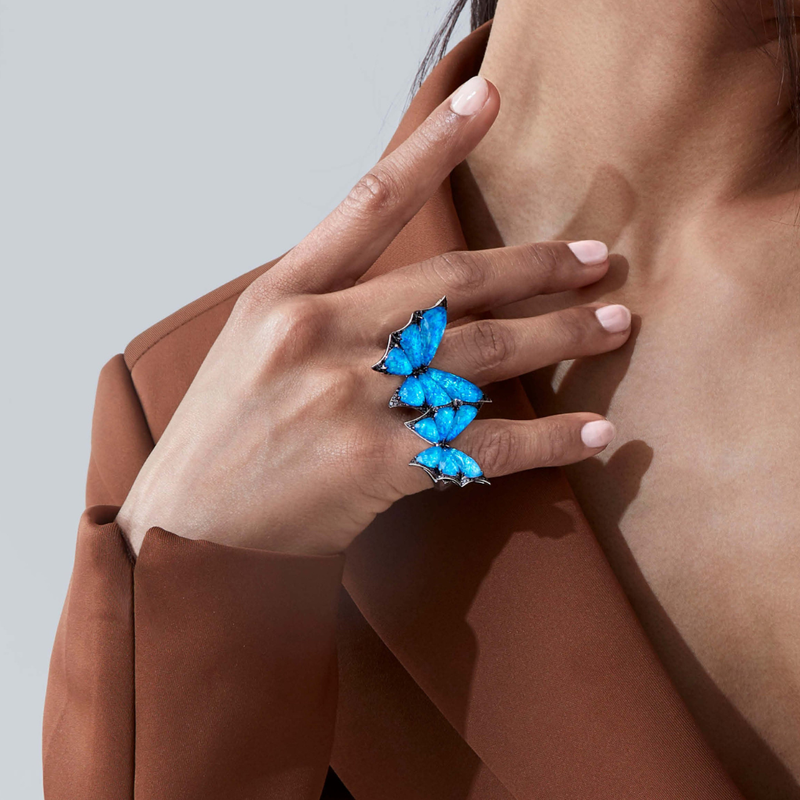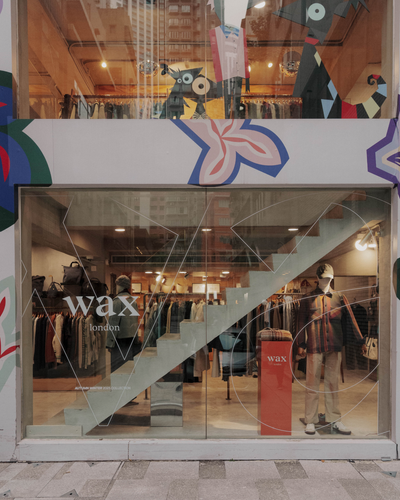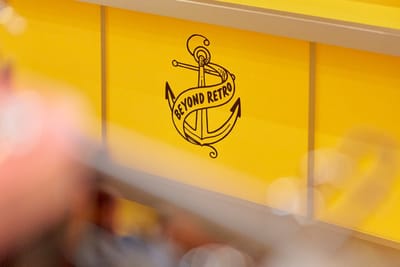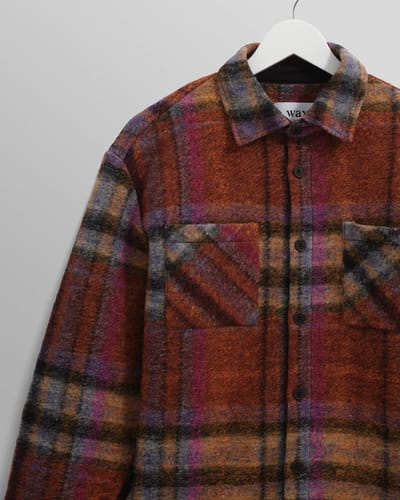Amy Nelson Bennett, the CEO of Positive Luxury, has launched an ambitious new initiative aimed at transforming the luxury industry towards more sustainable practices. The “REAL CHANGE IN 2025” report offers a comprehensive roadmap for luxury brands, outlining the key areas for immediate action as the sector navigates its sustainability journey in the lead-up to 2030.
The initiative is grounded in the need for businesses to evolve and tackle the pressing environmental and social challenges of our time. Amy explains that the launch of the program is motivated by Positive Luxury’s desire to share insights gathered from over 100 luxury brands that have already embarked on their own paths toward positive change. “Last year, our team helped over 100 amazing luxury brands drive change and transformation – we wanted to share what we’ve learnt and provide clarity on the key issues facing the industry,” she explains.
The report outlines three core pillars that Amy believes are essential for driving real change: Environmental Responsibility, Social Impact & Equity, and Consumer Engagement. For Amy, these pillars represent the blueprint for the future of luxury, with each playing a critical role in ensuring the sector’s sustainability.

Amy Nelson Bennett, CEO of Positive Luxury
“Doing business that benefits society and protects people is fundamental to sustainable practice. The convergence of wellbeing and environmental responsibility must be a key part of this,”
The first pillar, Environmental Responsibility, focuses on the need for luxury brands to broaden their understanding of sustainability beyond climate change and net-zero goals. “In recent years, the focus has largely been on climate, but businesses are increasingly recognising the importance of natural capital and biodiversity,” says Amy. The report highlights the importance of addressing risks like waste, pollution, resource management, and biodiversity, which are often overlooked in favour of climate-centric strategies.
The second pillar, Social Impact & Equity, stresses the connection between societal wellbeing and environmental stewardship. Amy notes the growing recognition that personal health, societal welfare, and the health of the planet are inextricably linked. “Doing business that benefits society and protects people is fundamental to sustainable practice. The convergence of wellbeing and environmental responsibility must be a key part of this,” she adds.
Finally, the report focuses on Consumer Engagement, urging luxury brands to communicate transparently and authentically with their customers. “Brands must avoid greenwashing or greenhushing,” Amy asserts. “Engaging in a compelling manner with a focus on how sustainability benefits consumers will help align brands with their values and foster loyalty.”
Looking to the future, Amy is optimistic about the sector’s evolution, though she stresses that progress must accelerate. “Great work has been done, but the luxury industry must act faster,” she says. “In the next five years, luxury must focus on doing less to achieve more. Now is the perfect time to reflect on what actions will have the most positive impact.”
Positive Luxury, which has developed a suite of tools to support businesses on their sustainability journeys, including the digital sustainability passport, the Connected Butterfly Mark, is well-positioned to help luxury brands assess and optimise their sustainability strategies. Over 100 brands are already using the Butterfly Mark, which serves as a trusted guide for consumers looking to make responsible purchasing decisions.
Despite the significant strides made by luxury brands, Amy acknowledges the challenges they face in implementing sustainable practices. These challenges include resource constraints, the complexity of supply chains, and the perceived short-term costs of sustainability initiatives. “We can act as ‘plug-in’ sustainability expertise to businesses,” she explains. “Our experts help build internal teams and provide structured approaches to help brands identify the most impactful areas for change.”
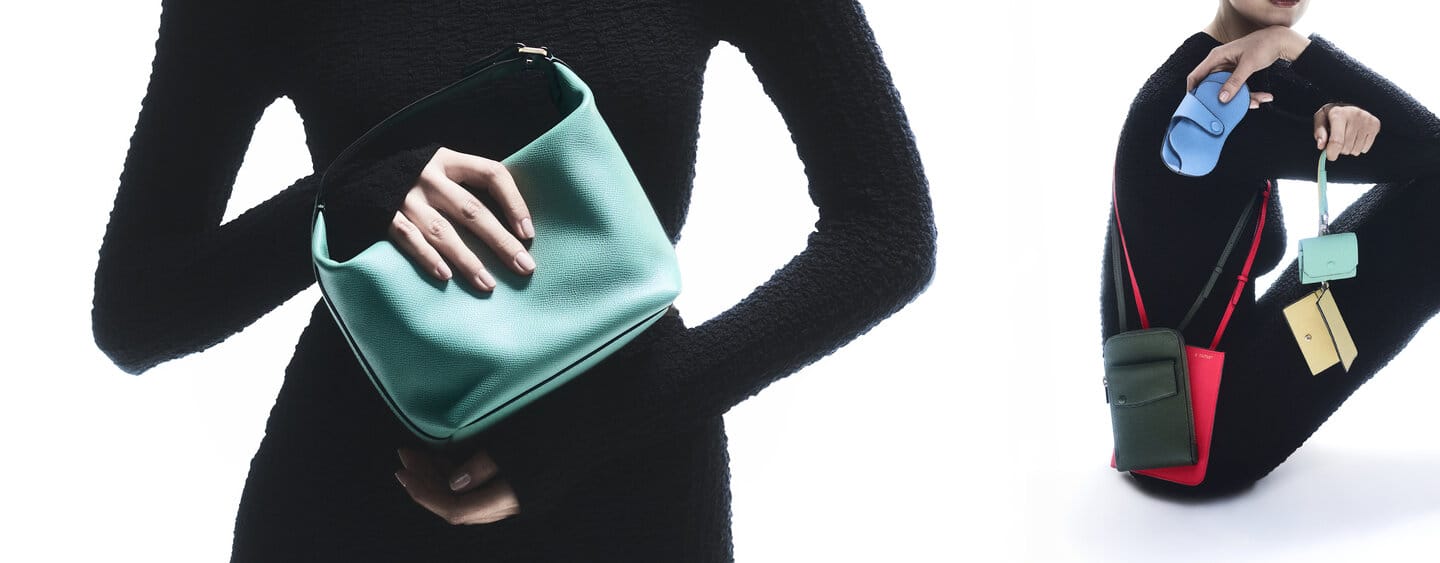
In response to concerns about cost, Amy stresses that the cost of inaction in the long run far outweighs the initial investment in sustainable practices. “Sustainability can benefit businesses in many ways, from reducing costs and mitigating supply chain risks to enhancing employee loyalty,” she says.
2025, Amy believes, must be the year that luxury brands move from ambition to action. “It’s about taking concrete steps,” she insists. “Whether it's procurement, circularity, material innovation, or biodiversity management, brands need to know where they are on their sustainability journey and take focused action.”
She also emphasises the importance of measuring progress. “To track improvements, brands should embed measurable sustainability KPIs across their operations and align these with international standards, global goals, and regulations,” Amy advises. “With growing regulation, businesses must ensure supply chain due diligence and implement robust monitoring processes to comply with legislation.”
The revamped Butterfly Mark, which is central to Positive Luxury’s strategy, is designed to raise the bar for both environmental and social responsibility in the luxury sector. The Butterfly Mark now includes AI-driven tools to reward brands for disclosing ESG (Environmental, Social, and Governance) data and practices, making the certification process more efficient while maintaining the highest standards. Brands must reassess their status every two years to ensure they meet the evolving benchmarks set by Positive Luxury’s ESG+ framework.
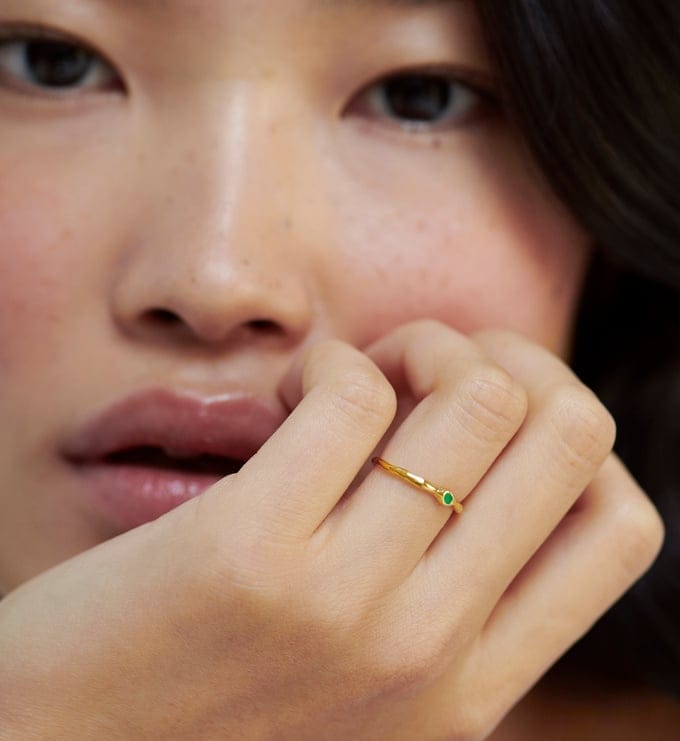
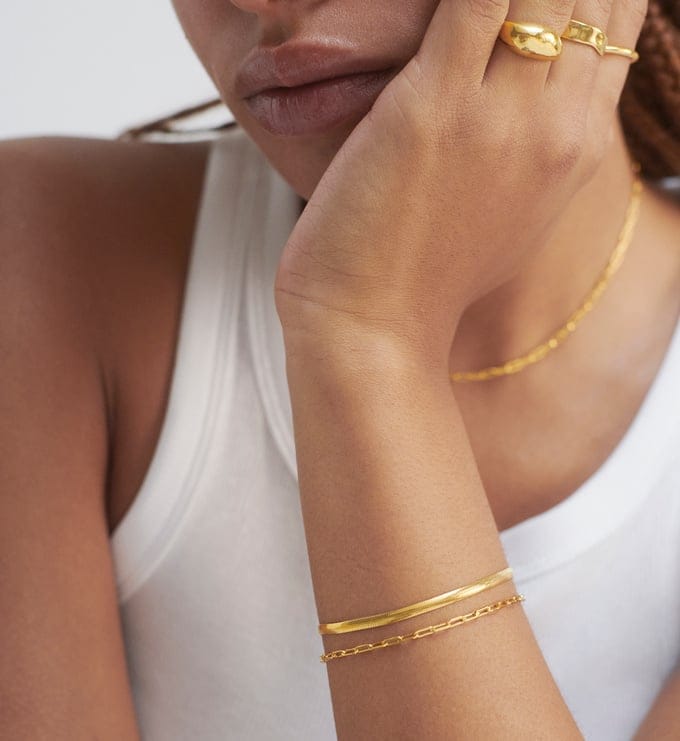
Images courtesy of Monica Vinader.
The report also highlights the significance of social equity and fair labour practices, an area that Amy believes must be a priority for all luxury brands. “Building relationships with suppliers who share sustainability goals is critical,” she says. “Brands should establish codes of conduct, monitor regularly, and set shared sustainability targets to ensure ethical and inclusive practices throughout the supply chain.”
In terms of consumer involvement, Amy notes that consumers play a crucial role in driving sustainability within the luxury sector. “Sustainability influences conscious purchasing decisions, and consumers are actively researching businesses' sustainability credentials,” she observes. The Connected Butterfly Mark helps consumers identify brands that meet higher standards for both people and nature, empowering them to make informed choices.
The luxury industry, with its global reach and significant influence, is uniquely positioned to lead by example in the sustainability space. Amy’s message to other industry leaders is clear: “Get started now. The cost of inaction will only become more apparent, and luxury can lead the way if businesses act with courage and creativity.”
As the luxury sector heads into 2025, the “REAL CHANGE IN 2025” initiative offers a timely call to action for brands to take bold steps toward a more sustainable and socially responsible future. Positive Luxury’s role in facilitating this transformation is more critical than ever, as it supports brands in navigating the complex challenges of sustainability while ensuring long-term success.
